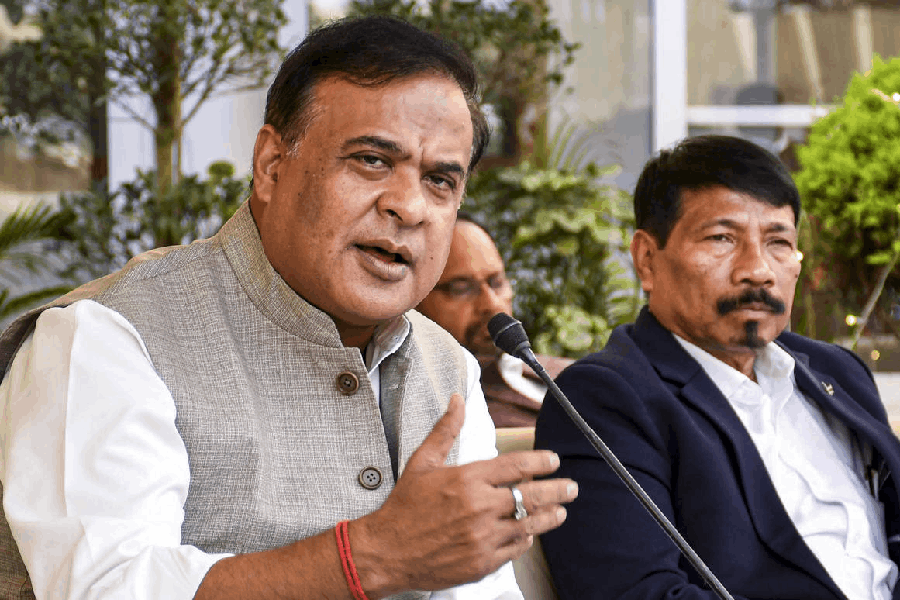The advent of monsoon in the city was celebrated with a spectacular solo sarod recital by Amaan Ali Khan — he is the seventh generation of the famous Bangash gharana of Gwalior — at the Kala Mandir auditorium. The event was organised by the P.K. Banerjee foundation. It was a tribute from a daughter, Paula Banerjee, to her late father, P.K. Banerjee. Amaan played many compositions by his father, Ustad Amjad Ali Khan, on the occasion of Father’s Day. Significantly, Archik Banerjee accompanied him on the tabla. Archik is the son of the late maestro, Shubhankar Banerjee, with whom Amaan has played at some of the best concerts across the world.
Amaan commenced his recital with Shree, the beautiful raga of falling dusk. The calmness at the core of the raga as well as its quiet beauty flourished in his able hands. The mesmerising movements of the key notes through lower, middle and upper octaves brought out the true essence of the raga. He was absolutely immersed in the rendering of the lower octave and its varied vistaars, his shift between the lower and the middle octaves was magical, and he brought the raga to a closure in a way that will stay on with the audience. The arresting and maturely-rendered jor and jhala were the perfect conclusion to the first part of his performance.
The switch from Shree to Rageshree — the moods of the two ragas are quite diverse — is not an easy one, but Amaan manoeuvred it successfully and soulfully with a compact aochar. Rageshree came alive through the jhamptaal gat, which was ornamented with taans and vistaars. In the madhyalay teentaal composition, Amaan breezed through a vast variation, which reached its zenith in the rendition of a gat in drut teentaal. He loves to play with the hidden complexities of a taal and create a rhythmic exchange with the tabla and the Kala Mandir stage was not an exception. Along with Archik Banerjee, the talented percussionist, Ojhas Adhya, was on stage with Amaan. The coordination and the synchronisation among the three created a thoroughly enjoyable performance. Amaan expertly structured the balance, space and conversation with both percussionists, and both Ojhas and Archik did justice to the recital. Ojhas is a sincere follower of the Ajrara-Delhi gharana and his involvement, spontaneity and expertise helped him form a connection with the audience, even when he needed to improvise with the tempo of the sarod. On the other hand, Archik carried the legacy of the Farrukhabad gharana and he set up a channel of communication through the traditional tukras and relas.
Amaan weaved the ancient magic of Malhar in the monsoons in his unique style. The soulful alaap of Miyan ki Malhar created an enchanting atmosphere and the raga poured out like rain in the gat. His mellifluous technique revealed not just his prowess but also the depth of the raga and its flow. Moving on to Ramdasi Malhar, Gaur Malhar, Nut Malhar — rotating these with Miyan ki Malhar — one after the other, Amaan demonstrated hard work, his signature improvisation and a thorough knowledge of his lineage. He was versatile and vivid in the portrayal of the different shades of Malhar in every composition.
The formidable Malhar was followed by Zila Kafi, through which the audience discovered another aspect of the artist. His adept rendition built the structure of a tappa, which was the most innovative bit of the programme. Amaan then played a gat by his father, perfectly blending versatility and rhythm. The audience at Kala Mandir experienced a music-soaked evening.










